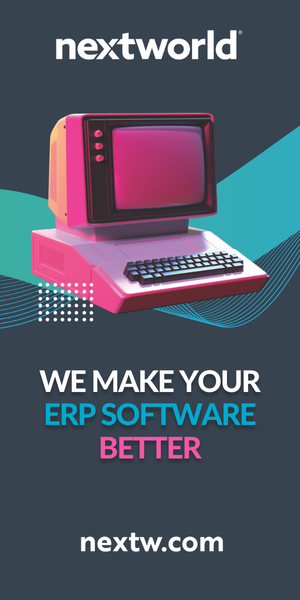The healthcare sector faces an important question: how can you balance the need to lower costs with the ongoing commitment to enhance patient experiences and outcomes? And how do you do so in an era of diminishing reimbursements and an increasing shift to value-based care?
To successfully navigate this complex set of challenges, healthcare organizations must prioritize the management of operational data across the entire healthcare landscape.
With healthcare delivery costs rising across organizations, it’s time to look more carefully at how the industry uses and analyzes key data, from supplies to workforce pay.
Addressing the labor cost
To efficiently manage and optimize labor costs, the automation of workforce management processes is critical. This involves capturing real-time data and analyzing workforce metrics. By implementing integrated and scalable solutions that extract information from multiple systems, organizations can anticipate workforce demands, enabling staffing managers to plan schedules with greater accuracy and align staff skills with patient needs.
A robust workforce management solution offers several advantages, including tracking quality and performance metrics, maximizing labor utilization, enhancing care delivery efficiency, reducing labor and compliance expenses, facilitating informed decision-making and providing user-friendly access to essential information, to mention a few.
To pave the road for the future, the preferred solution identified for a healthcare organization should encompass several key features that align with its data integration and performance optimization. For example, the ability to track and share key quality and performance metrics will help foster a culture of continuous improvement. The performance metrics will also aid in maximizing labor utilization, ensuring the correct staff is available at the right time and, therein, enhance overall operational efficiency.
Additionally, you can’t afford to ignore measures and features that ensure the efficiency of care delivery, which contributes to reduced unnecessary operational costs, while also improving the patient experience. Ultimately, data, and the insights gained from it, will be the driving factor behind future business decisions. The right solution will not only aid in scheduling, payroll and staff development but, also, offer accessible insights to the entire organization.
Harnessing data for endless improvements
With the proliferation of electronic health records (EHR), healthcare providers have access to an ever-increasing volume of data that can be harnessed for tracking key quality and performance metrics. This data can be shared seamlessly across the continuum of care, also with the patient through their mobile device. This connection with the patient allows for constantly improving interoperability and information exchange, an area where both traditional healthcare providers and tech giants are actively engaged.
A better patient experience
The shift in data management is not just technological but also cultural. Healthcare is now embracing a more collaborative approach that takes into account each patient’s unique needs. Given that patients also require varying levels of care at different times, data-driven scheduling is pivotal to ensuring the appropriate workload for nurses and practitioners. Furthermore, through enhanced interoperability and information exchange, a more comprehensive understanding of each patient and case can be attained, leading to evidence-based plans that identify and reduce costs while enhancing outcomes. One of the core strategies to achieve this is staffing according to patient acuity, aligning the intensity of care with the skills of the healthcare professionals.
Keys to controlling costs in healthcare
Diminishing reimbursements, value-based care, increased consumerism and competition from new industry players. All these factors mean healthcare providers are under more pressure than ever to scrutinize and control costs.
An effective roadmap can help to visualize how the business changes based on each incremental change. However, building that roadmap means utilizing the correct strategies.
Centralizing supply chains can streamline operations and lower costs, while also automating workforce management where possible. Moreover, real-time data capture and implementing a comprehensive data analysis to evaluate that data across the entire organization, both operationally and clinically, including the tracking and sharing of quality and performance metrics, will lead to cost reductions and increased efficiencies. Not to mention helping to develop a culture of continuous improvement. The key to getting ahead in this industry is focusing and embracing patient-centric, evidence-based planning that works towards giving each patient unique treatment and care by addressing their specific needs and optimizing care delivery.
In the ever-evolving healthcare industry, a comprehensive suite of operational solutions is an essential tool for addressing the rising costs of healthcare delivery and optimizing patient outcomes. IT professionals have a pivotal role to play in implementing solutions that harness the power of data to drive efficiency, reduce costs and improve care delivery.
As healthcare continues to evolve, data will remain the pillar for success, enabling organizations to achieve the delicate balance between cost control and enhanced patient experiences.






